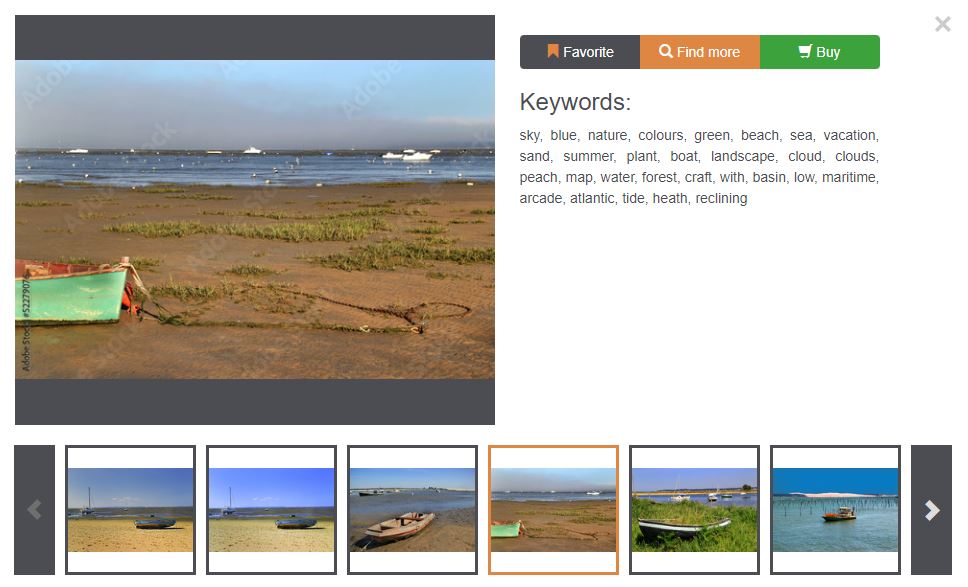
PalmSearch
Some facts about PalmSearch
- Thousands of keywords
- Four million images
- Reduced to 10 clusters per search
Key Features
Vague Query Handling: PalmSearch excels at helping users find specific images using keywords, even when the input is unclear. Unlike traditional text-to-image search engines where users often need to try multiple queries, PalmSearch presents a range of options by clustering results, making it easier to explore and refine the search without frustration.
Similar Image Exploration: Once a suitable image is found, users can explore similar images within the same cluster, allowing them to discover variations or related visuals that match their needs more closely.
Custom Image Uploads: Users can upload their own images and combine them with keywords to find similar images in the database. This feature enhances the search by leveraging both visual content and keywords, offering more comprehensive results.
How to Use PalmSearch?

To use PalmSearch, start by entering a keyword in the search field. The engine will retrieve images from its database that match the keyword. Results will be automatically grouped into 10 clusters based on visual features and associated keywords. Browse through the clusters to narrow down your search and find the most relevant images. Click on a cluster to refine your query and get closer to the specific image you need.
If a specific image stands out, you can click on it for more detailed information and have the option to search for similar images. Lastly, you can save your favorite images, making it easier to revisit them later.
How Does PalmSearch Work?
PalmSearch operates by analyzing both visual features and keywords associated with images. When a keyword is entered, the system retrieves images from a vast database where each image has been tagged with descriptive keywords. For each image, a feature vector is computed using machine learning algorithms, capturing the visual content in a numerical form. Sparse binary vectors represent the keywords, while dense feature vectors describe the visual characteristics. These vectors are then clustered using specialized algorithms that efficiently group similar images together. The clustering process organizes results into 10 distinct groups, each reflecting a different concept related to the search query. This approach allows the system to handle ambiguous keywords by presenting images in contextually relevant clusters. The integration of keyword data with visual features enhances the accuracy of the search results. The underlying neural networks ensure that the feature extraction process is both precise and adaptable. As a result, PalmSearch can quickly deliver relevant image clusters even when the search terms are vague.